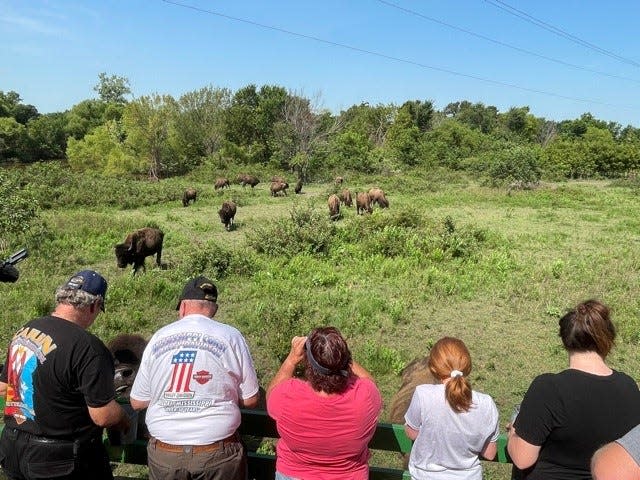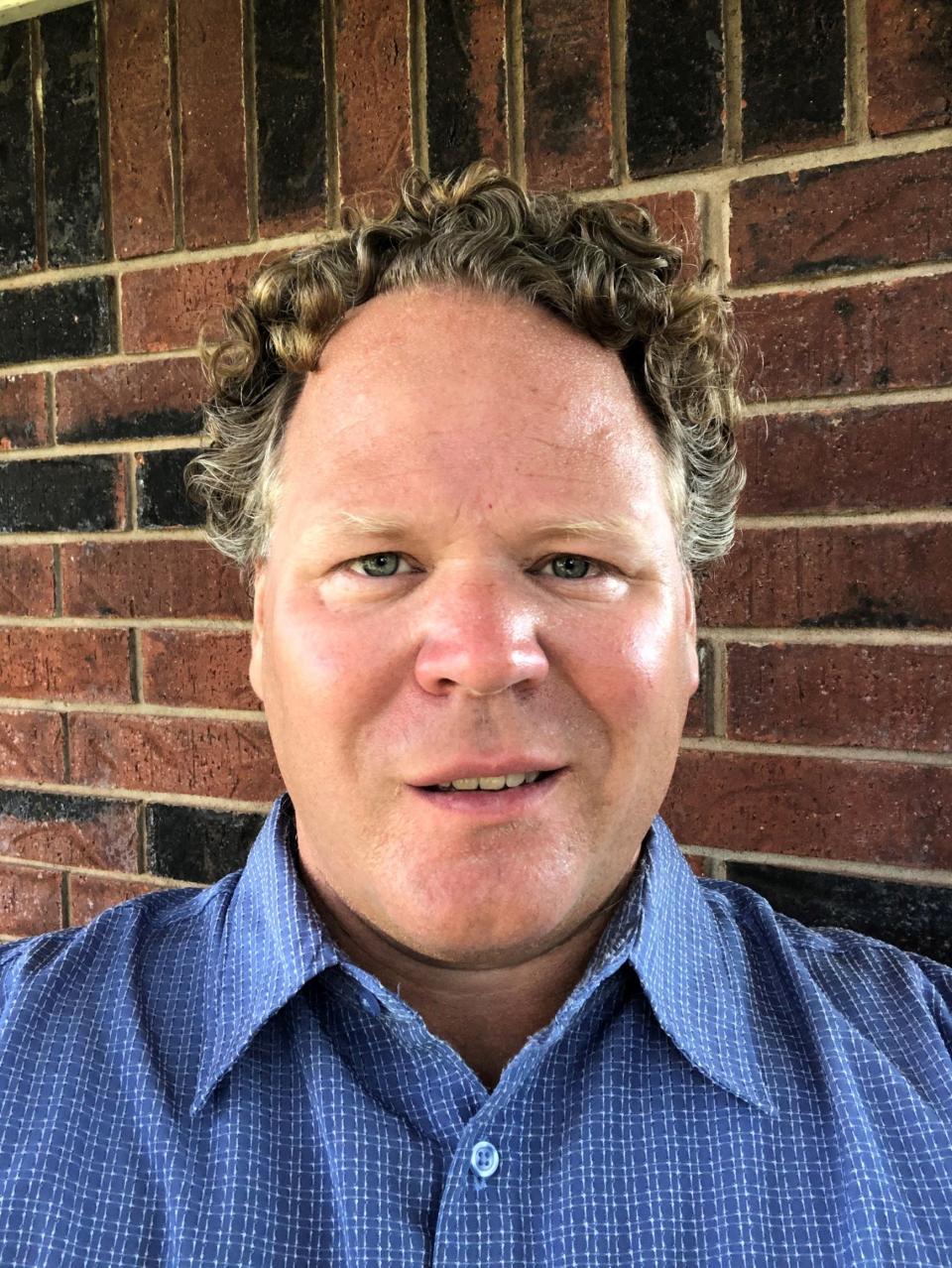Is conservation worthwhile? Outdoors education, experiences make it evident that it is

As an ecologist, I often am asked, “What is the value of conservation?” In today’s world of competing, economic land uses (energy and raw goods production, agriculture, recreation) and societal needs (careers, health care, nutrition, shelter), it is legitimate to question whether expending public resources to conserve species near extinction is worthwhile.
Most importantly, organisms fulfill irreplaceable human needs. Just going about daily life, plants provide oxygen. Interactions between organisms (like fungi that decompose trees or wetland species’ collective removal of water pollutants) provide fertile soil for crops and fresh, drinkable water. In conservation terms, these benefits are quantifiable "ecosystem services," produced at no cost, yet their losses typically go unnoticed until local species disappear, ecosystem services fail and human suffering mounts.
Preserving or legally limiting uses of a land parcel, whether the size of Yellowstone National Park or a local municipal park, is a usual first step toward conservation of ecosystem services by mitigating species loss. Once protected legally, a property’s stakeholders (state and federal agencies, private landowners, non-governmental organizations and the public) can establish defined conservation goals and protocols to manage, study and improve conservation management through informed stakeholder discussions and decisions.
As the world’s human population grows and available places for habitat preservation diminish in number and size, successful conservation measures are requiring considerations for human living and working spaces. Meanwhile, another challenge has emerged, “How do we learn and pass on values inherent to the natural world while increasingly urban humans have a decreasing number of personal interactions with the wondrous diversity of life?”
Conservation in urban landscapes means intentionally providing spaces for the natural world in our built environments. With amenities like pollinator foods in our yards, local community gardens where we can learn and share, and buildings with dedicated living features, all can engage more easily with a broader diversity of natural species and phenomena. Simultaneously, we will benefit by shifting our considerations of wildlife conservation to a more encompassing societal, educational, and shared concept of responsibility and value.
With these issues in mind, I am happy to be part of the 2022 Education Team cohort of The Prairie Project. Using the Southern Great Plains ecosystem, the Prairie Project combines the expertise of research, teaching, and extension faculty (from Oklahoma State University, Texas A&M and University of Nebraska) with ranchers, regional university faculty, teachers and students to study ecosystem-scale issues facing livestock production (extreme climate events, increasing fire occurrence, and woody plant encroachment). These diverse stakeholders are collaborating to learn more about the grasslands that we inhabit and the economies those grasslands support.
My role will focus on developing classroom and outdoor experiences that embed real-world science practices and engaging experiences for students. Through collaborative efforts like these, my hope is to increase shared understanding of our very real and direct connections to the grassland ecosystem we live within and depend upon. From that kind of understanding, the value of conservation becomes evident.

Zach Jones grew up in a fifth-generation Oklahoma Centennial Farm & Ranch family near Arapaho and is an associate professor of Allied Health Sciences at Southwestern Oklahoma State University. Jones performs collaborative natural resource research, education and outreach via the SWOSU Department of Parks and Recreation Management.
This article originally appeared on Oklahoman: Opinion: Oklahoma ecosystems, livelihoods rely on conservation efforts
